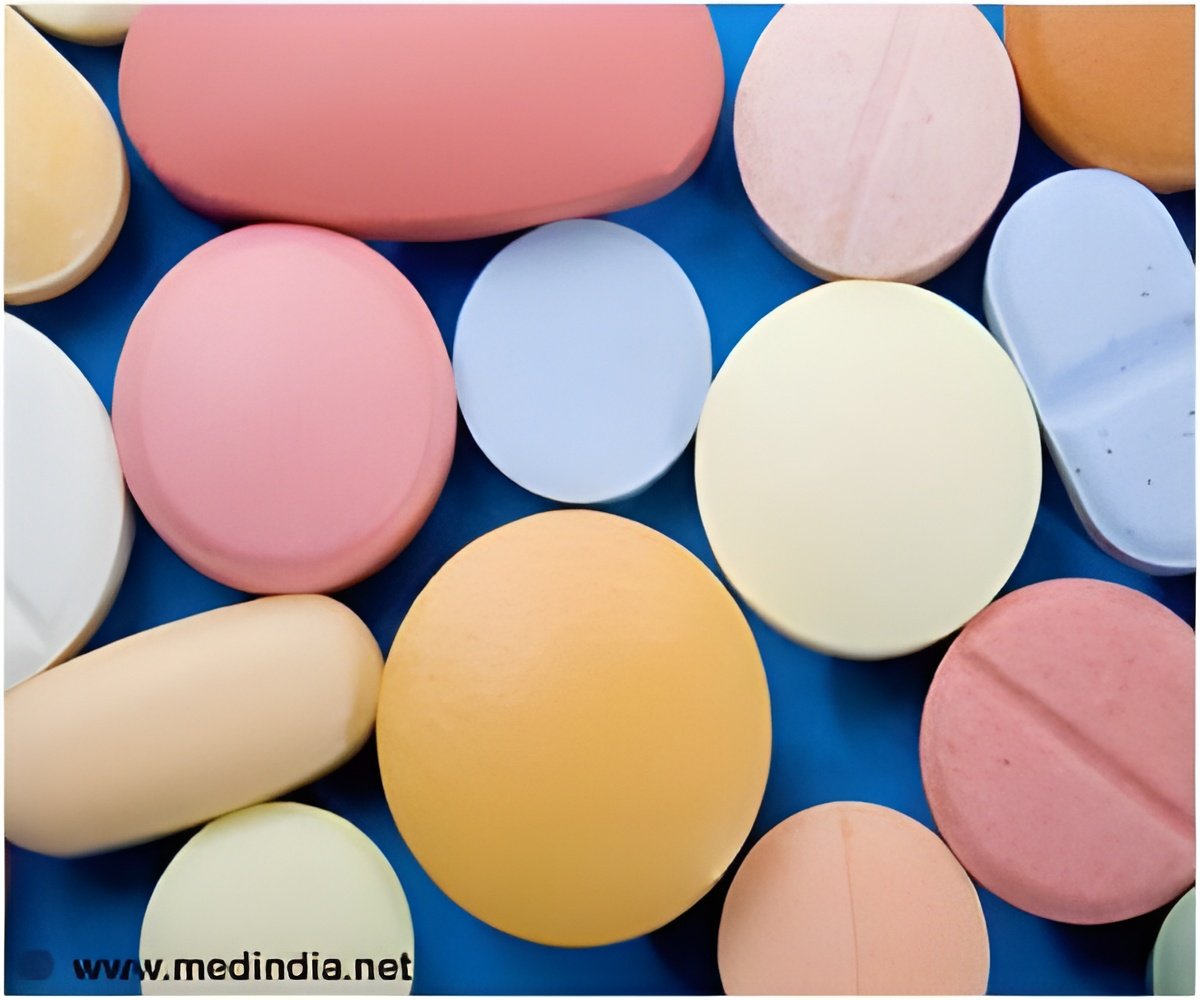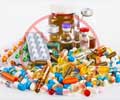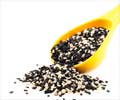
Vesicles, hollow capsules shaped like double-walled bubbles, are ideal candidates, as the body naturally produces similar structures to move chemicals from one place to another. Finding the right molecules to assemble into capsules, however, remains difficult.
Pennsylvania researchers have now shown a new approach for making vesicles and fine-tuning their shapes.
By starting with a protein that is found in sunflower seeds, they used genetic engineering to make a variety of protein molecules that assemble into vesicles and other useful structures.
Daniel A. Hammer, Alfred G. and Meta A. Ennis Professor of Bioengineering, graduate student Kevin Vargo and research scientist Ranganath Parthasarathy of the Department of Chemical and Biomolecular Engineering in Penn's School of Engineering and Applied Science conducted the research.
"To our knowledge, this is the first time a vesicle has been made from a recombinant protein," Hammer said.ecombinant proteins are the products of a well-established technique that involves introducing a designed gene sequence into a host organism - in most cases, the bacterium E. coli - in order to get that organism to make a protein it would not normally produce.
Advertisement
"The molecule we identified is called oleosin. It's a surfactant protein found in sunflower and sesame seeds," Hammer said.
Advertisement
In the process of finding the right protein for this task, the researchers came up with several other useful protein variants that form different shapes, including sheets and fibers, when grown in the appropriate salt solutions.
Materials made by recombinant methods offer an additional advantage in that the precise sequence of amino acids can be controlled for targeting to specific receptors and other biological targets. For proteins of this size, this level of control is not attainable by any other method.
According to Hammer's team, the hardest part of the research was confirming that these sequences did indeed fold into vesicles. This was only possible with specialized equipment available to the researchers through their association with Penn's Materials Research Science and Engineering Center and made possible by a grant written by professor Karen Winey from Materials Science and Engineering.
"The vast majority of our time in this project was doing the imaging; making the protein was relatively easy," Hammer said.
The imaging technique used is known as cyro-transmission electron microscopy, or cryoTEM
"With cryoTEM," Vargo said, "we create a thin layer of solution, then plunge it into ethane, freezing it fast enough that the water doesn't crystallize. Ice crystals would also destroy the vesicles, so this technique leaves you with your particles and structures intact."
As their protein is already routinely eaten, the researchers are confident that their oleosin vesicles will be of great interest in drug-delivery applications, particularly oral-drug delivery. Future work will entail adding genes for functional groups to allow the vesicles to target certain tissues, as well as determining whether the proteins can be induced to change shape once they reach their targets.
Their work was published in the Proceedings of the National Academy of Sciences.
Source-ANI















